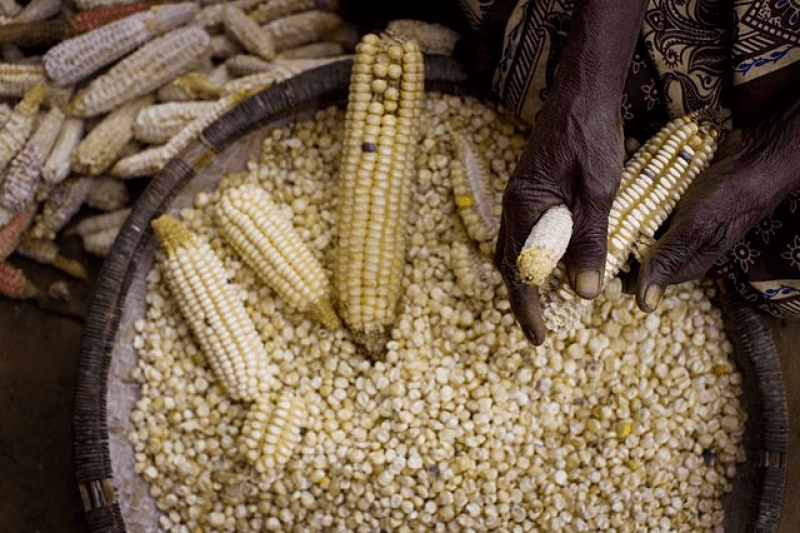Food insecurity and undernourishment are currently among the most serious anxieties for human health. As the world’s population goes on to increase, there is an increase in demand for food. Since the arable land is not rising, we need to find an alternative solution for food security to meet the demand of growing population which would reach about 9.9 billion by 2050. Moreover, there is the crucial need to curb crop loss due to pests that alone accounts for approximately 20–40 per cent of the total crop loss throughout the world. Conventional plant breeding can no longer be a solution to the ever-rising global food requirement.
Some benefits of genetic engineering in agriculture are increased crop yields, reduced costs for food or drug production, reduced need for pesticides, enhanced nutrient composition and food quality, resistance to pests and disease.
GM crops grown commercially in different countries are potato, squash, pumpkin, alfalfa, brinjal, sugar beet, papaya, canola, soya bean, maize, rice, straw berries, cotton and tomato.
On an average, GM technology choice has curtailed chemical pesticide use by 37 per cent, boost crop yields by 22 per cent, and increased farmer earnings by 68 per cent. Yield gains and pesticide reductions are larger for insect-resistant crops than for herbicide-tolerant crops.































